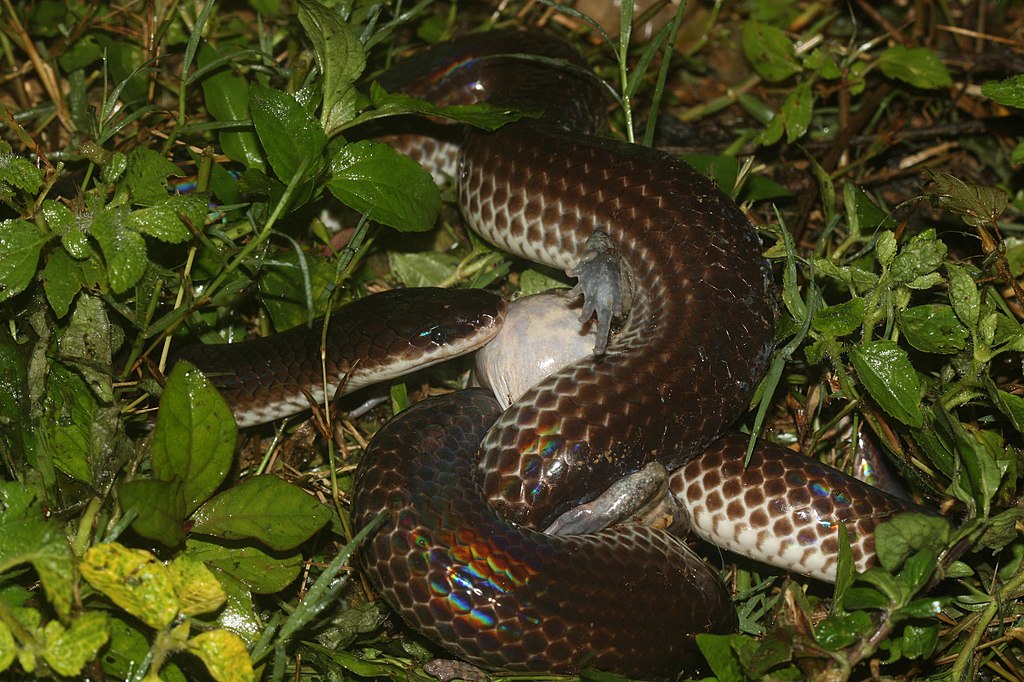Snake shedding, scientifically known as ecdysis, is one of nature’s most fascinating processes. Unlike humans who continuously shed skin cells, snakes dramatically remove their entire outer layer in one piece. While all snakes shed, the frequency varies significantly between species and even among individuals of the same species. From young ball pythons that might shed every few weeks to adult king snakes that may only shed a few times yearly, this variation isn’t random but tied to specific biological and environmental factors. Understanding these shedding patterns provides valuable insights into snake health, growth rates, and adaptive responses to their environments.
The Biological Necessity of Shedding

Snake shedding is fundamentally a growth mechanism that allows these reptiles to expand beyond the constraints of their inelastic outer skin layer. Unlike mammalian skin that grows continuously with the body, a snake’s epidermis has limited elasticity. As the snake grows, internal pressure builds against this restrictive outer layer, triggering hormonal changes that initiate the shedding process. Beyond facilitating growth, shedding serves additional vital functions including the removal of parasites, repair of damaged scales, and the renewal of the skin’s protective properties. This process is so essential that snakes have evolved sophisticated physiological mechanisms to control and optimize the timing of each shed according to their specific needs.
Age and Growth Rate Influences

Juvenile snakes typically shed far more frequently than their adult counterparts, which directly correlates with their accelerated growth rates. A young snake may shed every few weeks during its first year of life when growth is most rapid, gradually decreasing to every few months as it approaches maturity. This pattern reflects the biological priority of devoting energy resources to development during early life stages. Growth-related shedding is particularly pronounced in species like reticulated pythons and anacondas, which can gain several feet in length during their first years of life. The relationship between growth and shedding is so consistent that herpetologists often use shed frequency as one indicator of healthy development in captive specimens.
Species-Specific Shedding Patterns
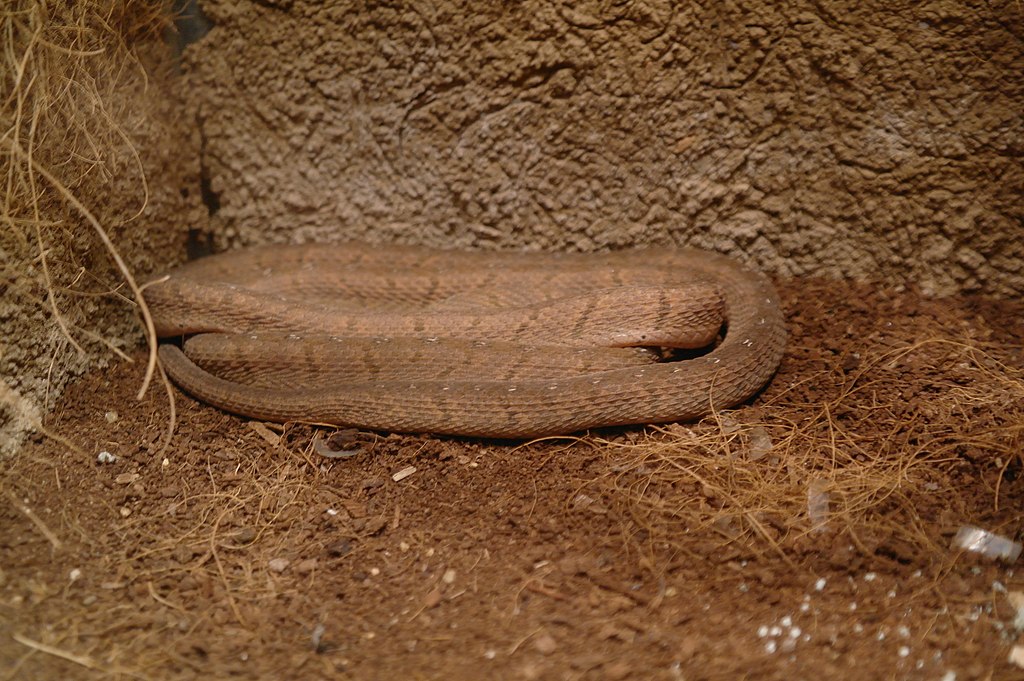
Shedding frequency varies dramatically across the more than 3,900 snake species worldwide. Smaller species like garter snakes typically complete more shedding cycles annually than larger constrictors, although the relationship isn’t strictly correlated with size. Fast-growing arboreal species such as green tree pythons often shed more frequently than similarly-sized terrestrial relatives. Some specialists, like the egg-eating snake, have evolved shedding patterns optimized for their unique feeding strategies, shedding more often during seasons when bird eggs are abundant. Desert-dwelling species often demonstrate reduced shedding frequency compared to their tropical counterparts, an adaptation that conserves precious water in arid environments where moisture is scarce.
Nutritional Impact on Shedding Cycles
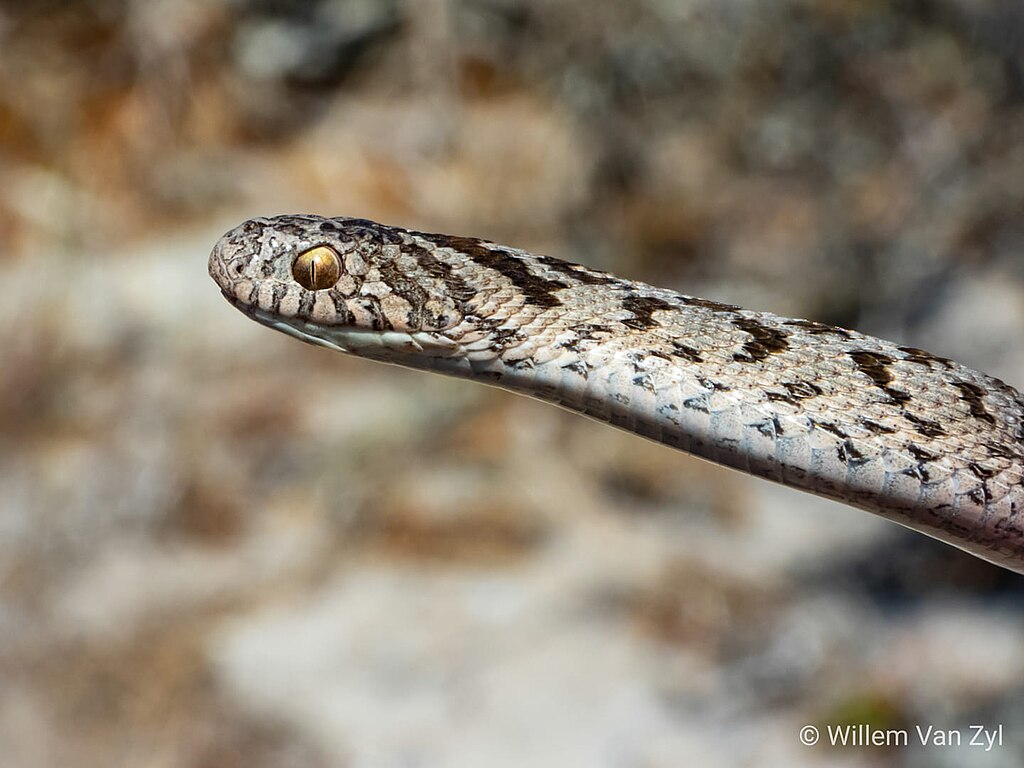
A snake’s diet directly influences its shedding frequency, as optimal nutrition fuels the growth that necessitates new skin. Well-fed snakes in caloric surplus typically shed more frequently than underfed specimens, reflecting their faster growth trajectories. The quality of nutrition matters as much as quantity – snakes receiving balanced nutrition with proper calcium-phosphorus ratios generally maintain healthier, more regular shedding cycles. Meal size also influences the pattern, with species that consume large prey items relative to their body size (like pythons) often triggering shedding episodes after significant feeding events. Conversely, food scarcity can dramatically extend the time between sheds as the snake’s metabolism slows and growth temporarily halts to conserve energy resources.
Environmental Temperature Effects
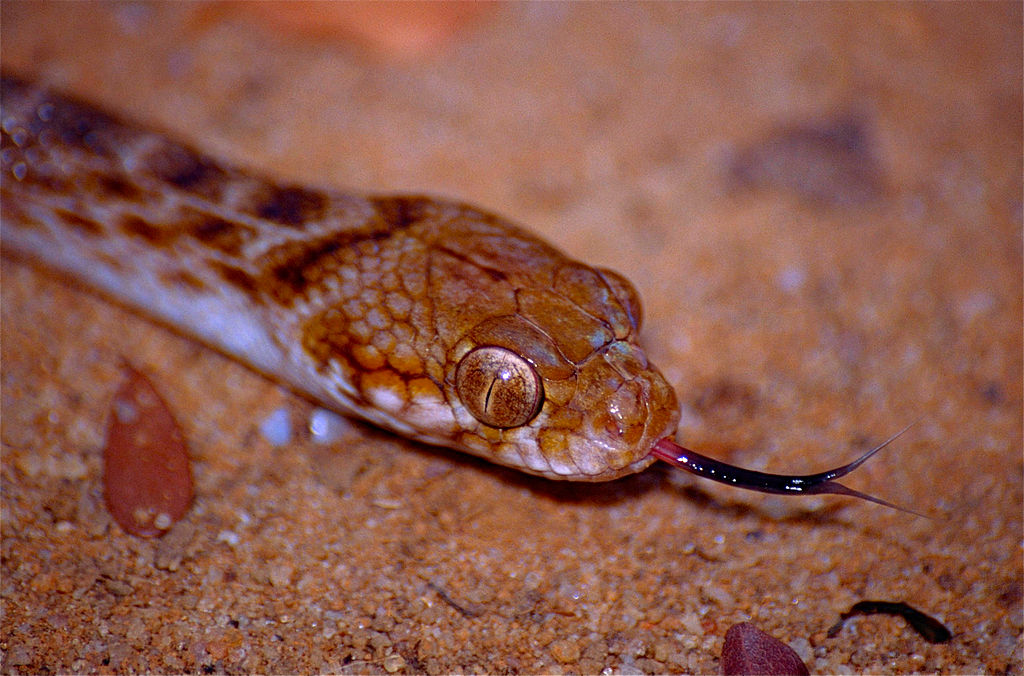
Ambient temperature profoundly affects shedding frequency because snakes, as ectotherms, rely on external heat sources to regulate their metabolic processes. Higher temperatures within a species’ optimal range accelerate digestion, metabolism, and consequently, growth rate – directly increasing shedding frequency. This explains why tropical species generally shed more frequently than their temperate relatives when all other factors are controlled. Many snakes exhibit seasonal shedding patterns corresponding to temperature fluctuations, with more frequent shedding during warmer months and reduced frequency during cooler periods. Captive snakes maintained at consistently high temperatures within their preferred thermal gradient often demonstrate more frequent shedding than wild counterparts experiencing natural temperature variations.
Humidity’s Critical Role
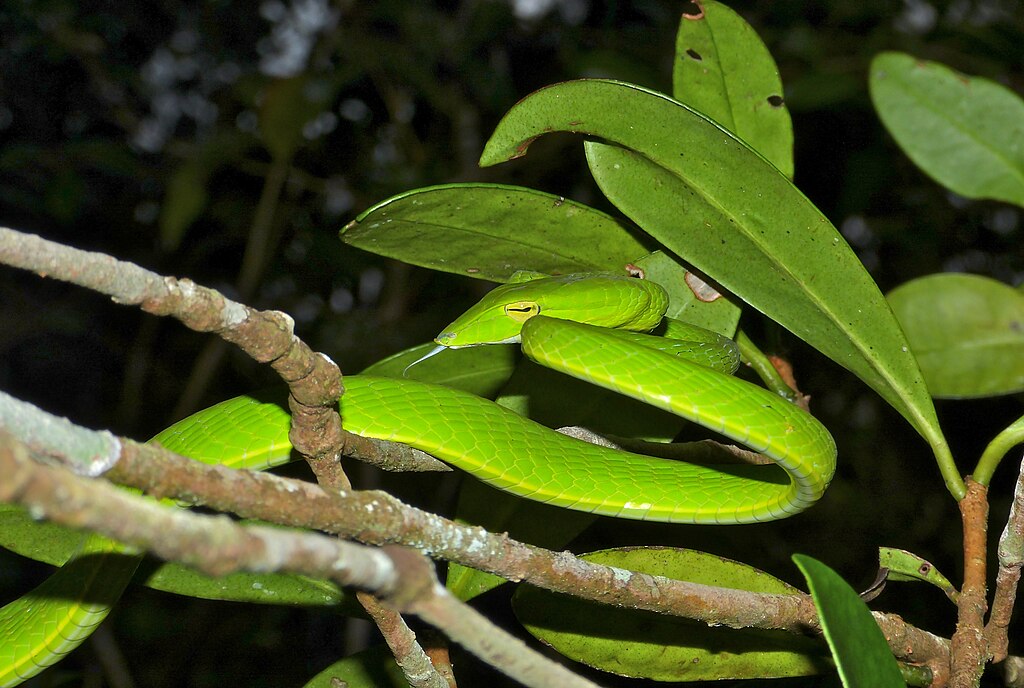
Humidity levels critically influence both the frequency and quality of snake shedding cycles. While humidity doesn’t directly cause more frequent shedding, optimal moisture levels ensure the process occurs efficiently, preventing the problematic “stuck sheds” that can disrupt normal cycles. Species from high-humidity environments, such as rainbow boas and emerald tree boas, typically require elevated moisture levels (often above 70%) to shed properly. Inadequate humidity forces some snakes to attempt shedding multiple times to remove stubborn skin patches, creating an illusion of increased shedding frequency that actually indicates environmental stress. Seasonal shifts in environmental humidity explain why many species in tropical regions time their shedding to coincide with annual monsoon seasons when higher ambient moisture facilitates the process.
Reproductive Status and Hormonal Influences
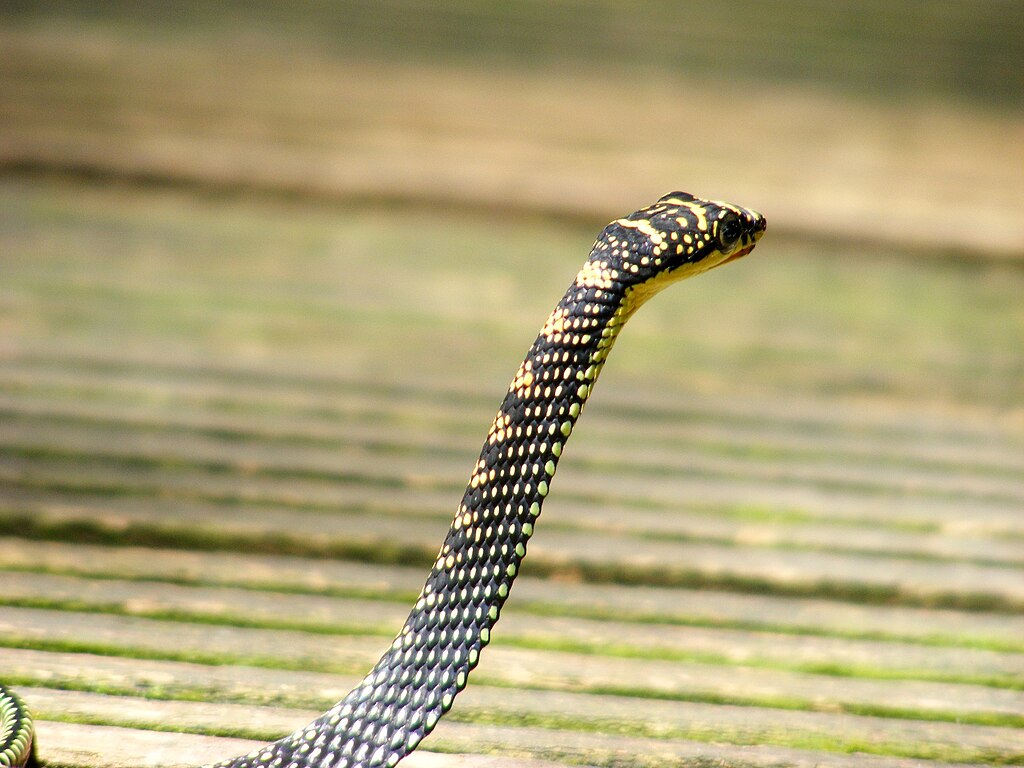
A snake’s reproductive status significantly alters its shedding patterns through complex hormonal mechanisms. Female snakes typically undergo a pre-laying shed shortly before depositing eggs or giving birth, triggered by reproductive hormones that prepare the body for the substantial physical changes involved in reproduction. This specialized shedding event occurs regardless of the normal growth-based shedding cycle and ensures the snake has fresh, flexible skin to accommodate egg development or fetal growth. Male snakes of many species also experience hormone-induced shedding changes during breeding season, though typically less pronounced than in females. The energy demands of reproduction can subsequently slow regular growth-based shedding as resources are diverted from growth to reproductive efforts.
Healing and Injury Response
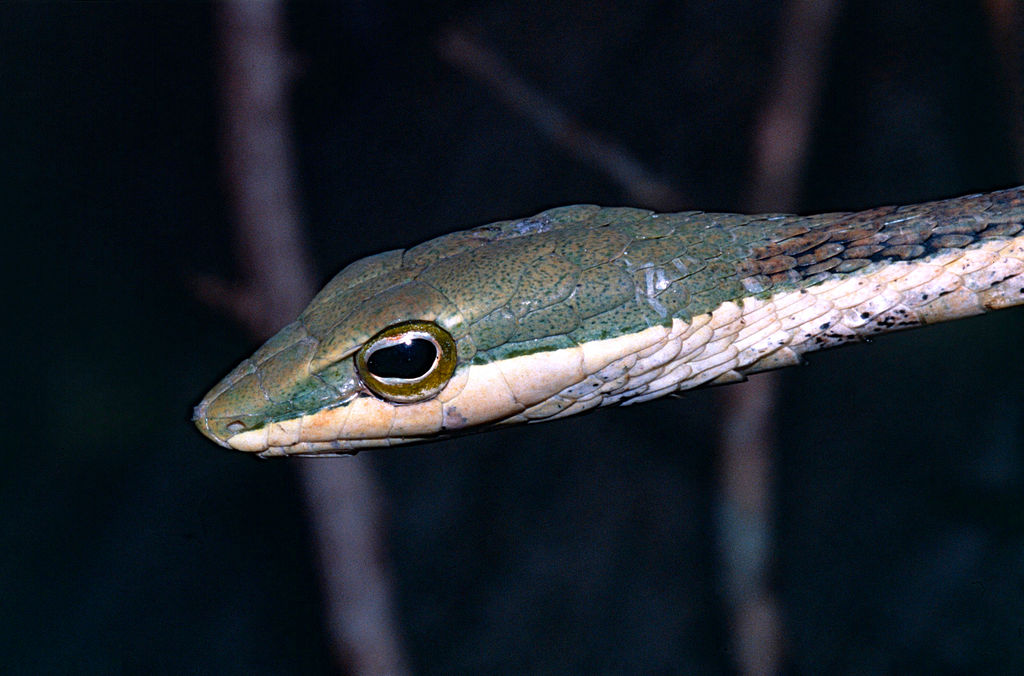
Snakes often initiate unscheduled shedding cycles in response to skin injuries or infections, effectively using the process as a healing mechanism. When a snake sustains scale damage from predator attacks, environmental abrasions, or parasitic infestations, the immune system may trigger localized or complete shedding to facilitate repair. This injury-response shedding occurs independently of normal growth-related cycles and represents an adaptive strategy for maintaining skin integrity. Burns and chemical exposures are particularly likely to prompt reactive shedding as the snake attempts to remove damaged tissue. Retained eyecaps or patches of old skin from incomplete previous sheds may also trigger subsequent shedding attempts, creating a cascading pattern of increased frequency until the problem resolves.
Seasonal and Circannual Rhythms

Many snake species display distinct seasonal shedding patterns that align with annual environmental cycles rather than continuous growth requirements. These circannual rhythms have evolved to synchronize critical life processes with favorable environmental conditions. Temperate species frequently demonstrate concentrated shedding during spring and summer months when higher temperatures and prey abundance support growth, with reduced shedding during winter brumation periods. This seasonality is particularly pronounced in species from regions with distinct wet and dry seasons, where shedding often correlates with the onset of rainy periods that provide optimal humidity. Some deep forest species even appear to time shedding cycles with moonlight patterns that influence prey activity, demonstrating the remarkable evolutionary fine-tuning of this process.
Stress Factors and Abnormal Shedding
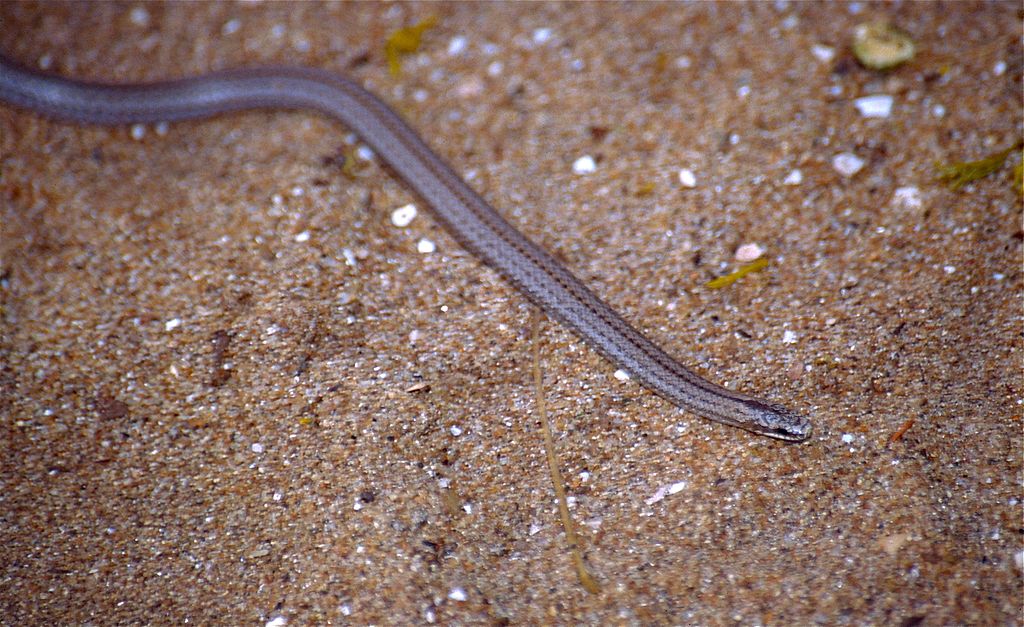
Physical and psychological stress can dramatically alter normal shedding patterns, often causing either premature shedding or delayed cycles. Captive snakes experiencing handling stress, inadequate hiding spaces, or inappropriate enclosure conditions frequently display disrupted shedding schedules. Disease processes, particularly respiratory infections and skin conditions, commonly trigger irregular shedding as the body attempts to eliminate pathogens through accelerated skin renewal. Parasitic infestations, both internal and external, similarly disrupt normal patterns by triggering immune responses that affect the hormonal regulation of shedding. Snakes experiencing repeated abnormal sheds require immediate veterinary assessment, as altered shedding frequency serves as an important indicator of underlying health issues requiring intervention.
Genetic Factors and Individual Variation
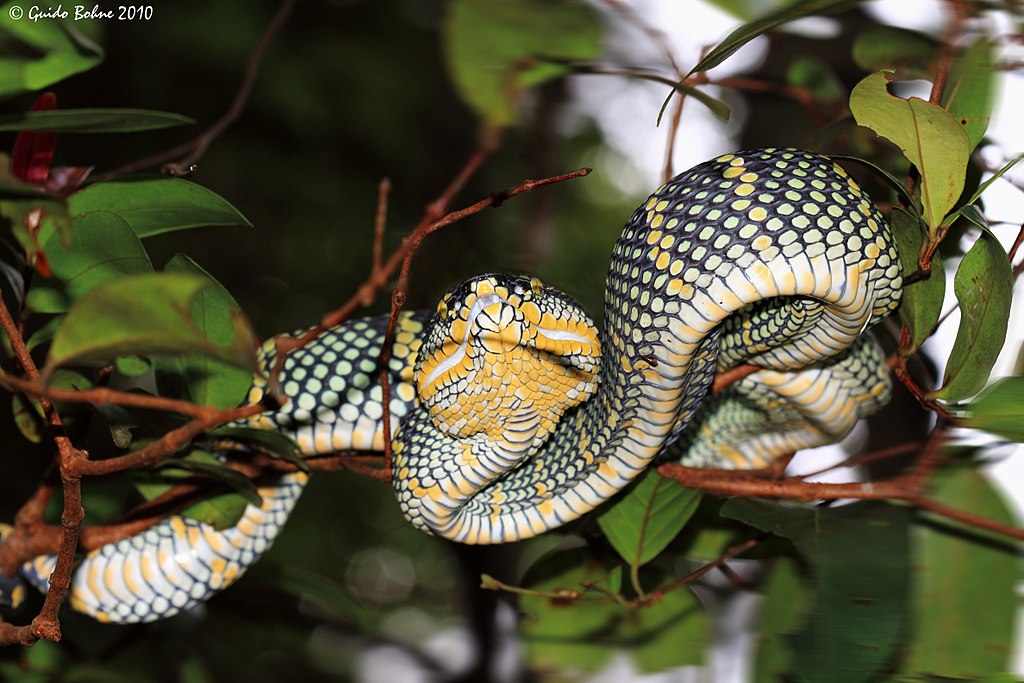
Genetic predisposition plays a significant yet often overlooked role in determining individual shedding frequency among snakes of the same species. Even within genetically similar clutches, some individuals consistently shed more frequently than their siblings throughout life. This variation appears partly hereditable, with offspring often demonstrating shedding patterns similar to their parents. Certain morphs and color variations, particularly those created through selective breeding in captivity, exhibit altered shedding frequencies compared to wild-type specimens. For example, scaleless snake varieties and those with genetic scale abnormalities typically shed more frequently due to the compromised integrity of their protective outer layer. These genetic influences interact with environmental factors to create unique shedding signatures for individual snakes.
Captivity Versus Wild Shedding Differences

Captive snakes frequently demonstrate shedding patterns that differ significantly from their wild counterparts due to the controlled environment they inhabit. With consistent optimal temperatures, regular feeding schedules, and absence of seasonal variation, captive specimens often shed more frequently year-round than wild snakes experiencing natural fluctuations. The typically higher caloric intake of captive snakes further accelerates growth and subsequent shedding cycles compared to wild individuals that may face periodic food scarcity. However, improper husbandry can create the opposite effect – snakes kept in suboptimal conditions often exhibit delayed or incomplete sheds indicating physiological stress. These differences highlight the importance of understanding a species’ natural history when interpreting shedding behavior in captive settings.
Monitoring and Health Implications
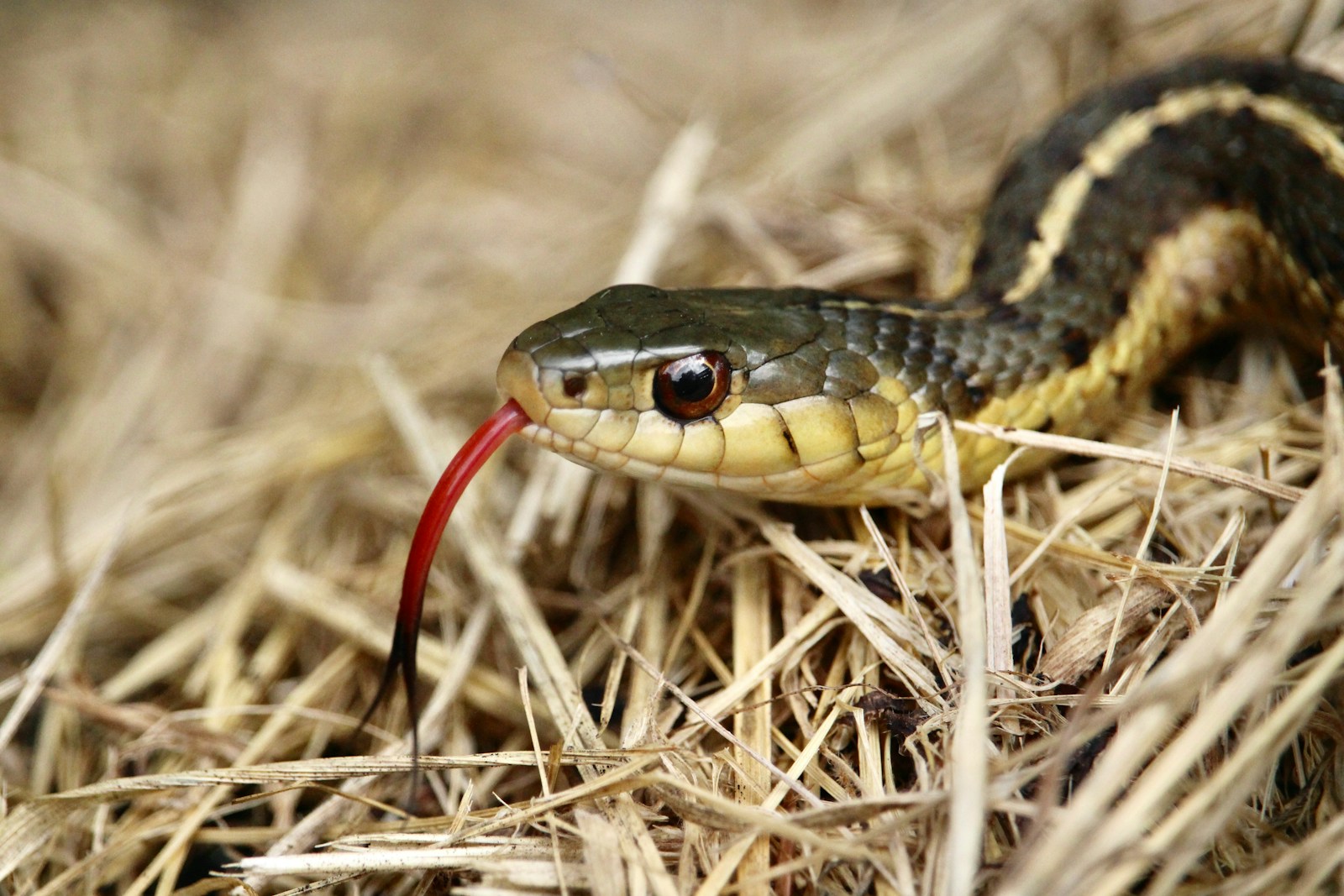
Changes in a snake’s established shedding pattern often provide the first indication of developing health issues, making regular monitoring essential for both wild research subjects and captive specimens. A sudden increase in shedding frequency may signal parasite infestations, skin infections, or environmental irritants requiring intervention. Conversely, a snake that suddenly stops shedding or experiences extended intervals between sheds may be suffering from malnutrition, dehydration, or metabolic disorders. Complete, intact sheds indicate good health, while fragmented or partial sheds suggest husbandry issues or potential health concerns. Responsible snake keepers maintain detailed shedding records that establish normal patterns for individual animals, allowing them to quickly identify potentially problematic deviations requiring veterinary assessment.
Understanding why some snakes shed more frequently than others reveals the remarkable adaptability of these reptiles to diverse environmental conditions. This process, far from being a simple mechanical function, represents a complex biological response integrating growth requirements, environmental conditions, health status, and evolutionary adaptations. For snake enthusiasts and herpetologists alike, recognizing these patterns provides valuable insights into properly caring for these fascinating creatures. Whether managing a collection of captive specimens or studying wild populations, appreciating the factors that influence shedding frequency helps ensure these ancient reptiles continue to thrive in our changing world.

